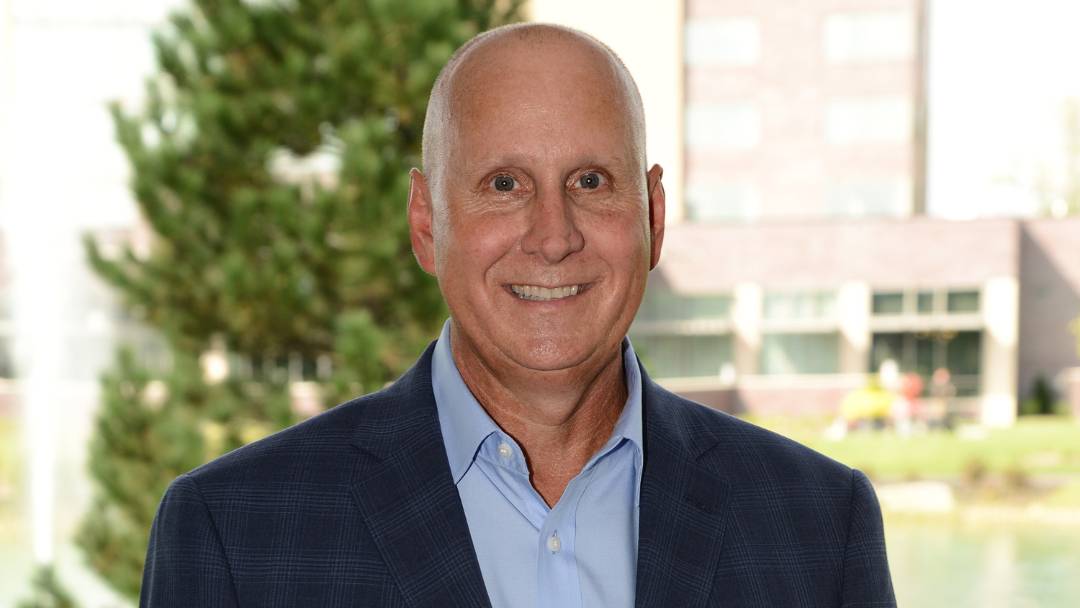
Scott Sureddin, a 1987 marketing graduate, is the CEO of DHL Supply Chain North America.
In 2016, Texas Tech University alumnus Scott Sureddin visited students in the Jerry S. Rawls College of Business' supply chain management program to talk about the pillars of his company's 2020 strategic plan: (1) focus on best practices, (2) connect with current and prospective employees, making your company the employer of choice, and (3) always be willing to grow and develop by identifying new skills or technology, mastering them and adapting to change.
Looking back at what 2020 has thrown at all of us, it seems incredibly prophetic, he admits. Even moreso once you know that Sureddin's company is DHL Supply Chain, the world's leading contract logistics provider and one of the firms that will soon be distributing coronavirus vaccines all over the world. DHL Supply Chain, a division of the overall DHL shipping company, specializes in getting products from manufacturers to end users.
"There's no better time to test how robust your strategy is than when things in the outside world don't go according to plan – and that's especially important because things never go to plan," said Sureddin, DHL Supply Chain's CEO for North America. "I don't think anyone could have predicted just how far off course the world would be thrown in 2020, but all of those elements have played a massive role in our ability to weather the storm that was thrown at us."
Distribution in a pandemic
The logistics industry is widely seen as a "beneficiary" of the pandemic, he noted, but like many industries, it faced challenges on many fronts, with massive drops in demand in some areas and surges in others. DHL Supply Chain adapted quickly to both of these developments in parallel, all while prioritizing the safety of its employees.
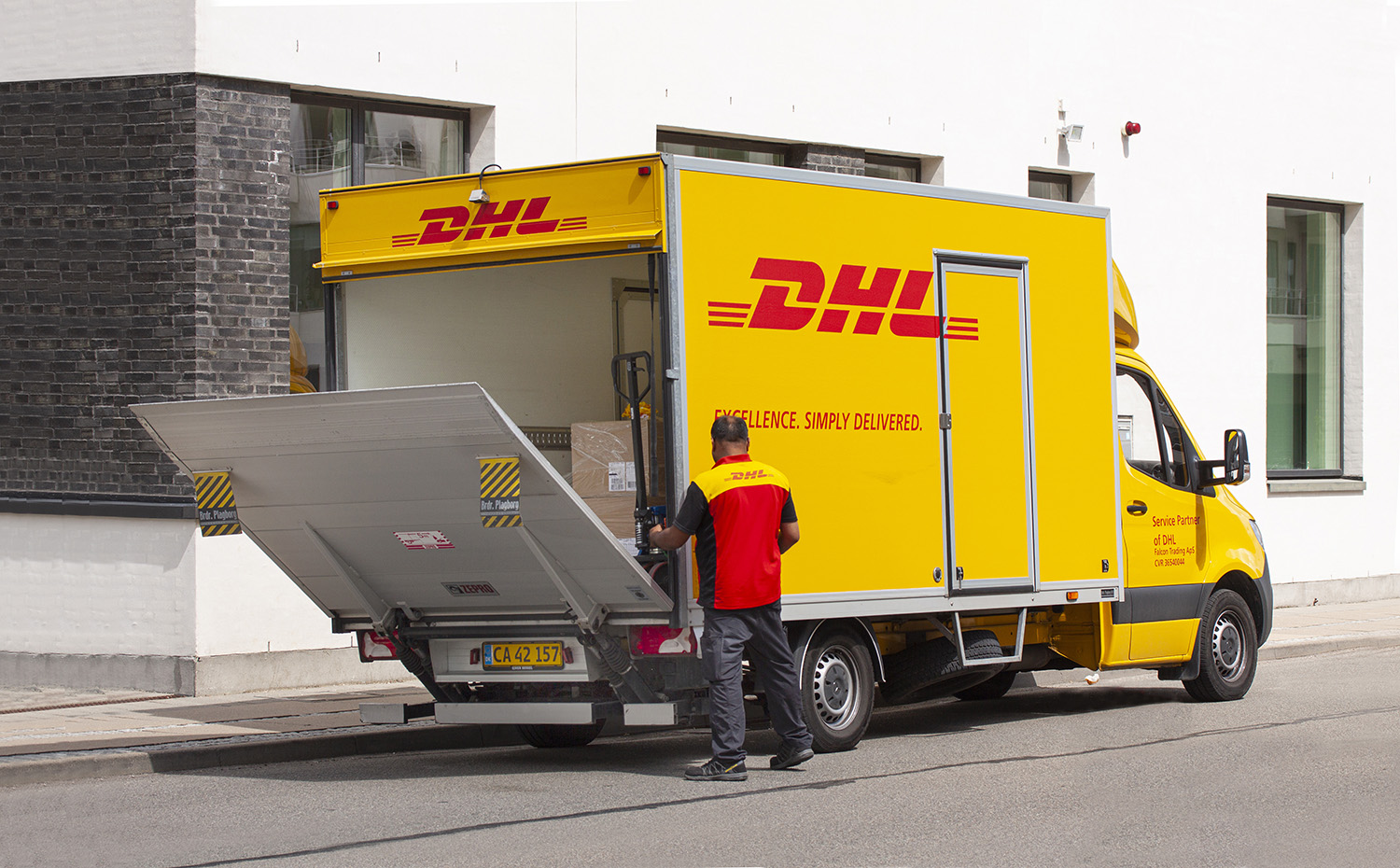
"In an environment where employees had many anxieties and concerns about coming into work – against the backdrop of a really tough labor market in general – our commitment to being an employer of choice helped us win the trust of our people, which translated into them coming in and showing our commitment to our customers," Sureddin said.
Perhaps most fortuitous for DHL Supply Chain was its push to be ahead of the industry in embracing new technologies. That emphasis, Sureddin said, has paid dividends over the last eight months.
"Our introduction of collaborative robotics, for example, has allowed us to boost productivity and be more responsive to fluctuations in volume across different sites even with social distancing guidelines and other COVID safety protocols in place," he explained. "We can move the robots across locations quickly and easily to support our people. This has all laid a very strong platform for the future, and thanks to this strategy, we will emerge from this crisis even stronger than we entered it."
Vaccine distribution
There's some strong evidence behind that statement – DHL is one of the companies that will soon be distributing COVID-19 vaccines all over the world.
The overall process, he noted, is similar to the flow of any product from a manufacturer to a customer. The vaccines will need to be picked up from the manufacturing plant and carried through to the points of care, where they'll be administered. Along the way, they may pass through a central distribution point. The challenge is there are multiple vaccines in development, each with different requirements in terms of handling and temperature control. That means different vaccines need different distribution models.
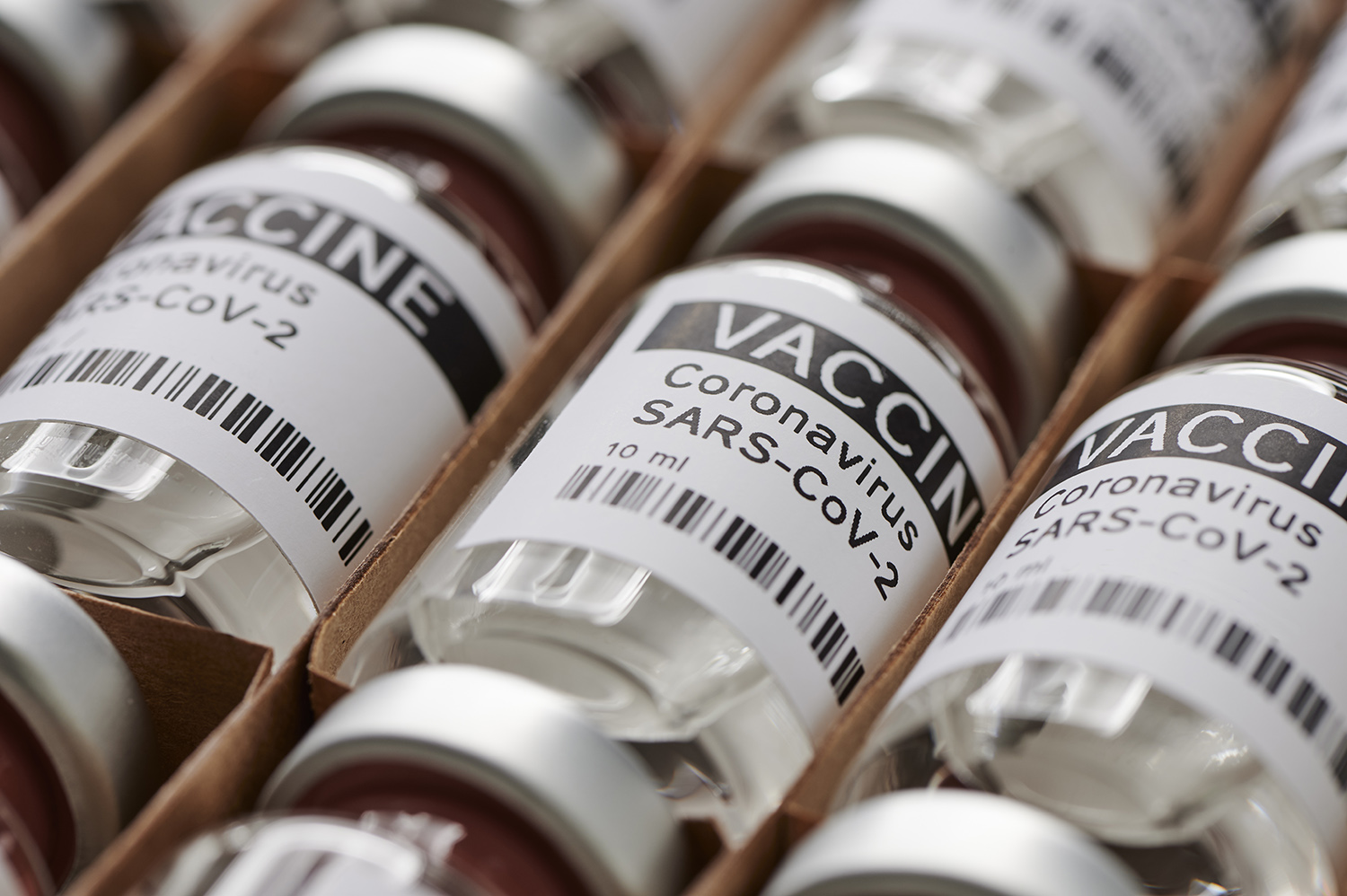
"Some of the vaccines will need to be stored at a temperature below minus 80 degrees Celsius to retain their efficacy, while others can be stored at 2 to 8 degrees Celsius," Sureddin said. "Some manufacturers will be shipping individual batches directly to the points of care, while others will be shipping in bulk to cross-docking or warehousing facilities, from where they will be broken down and delivered. Traditionally, vaccines are often delivered in pre-filled syringes, but in many cases they will be delivered in multiple doses alongside the syringes, which will be filled at the point of care. And there will be different approaches across different markets, in terms of both how manufacturers serve individual countries from their regional manufacturing sites and also how the governments that are purchasing the vaccines manage their distribution.
"All of this means there won't be anything near a single, one-size-fits-all solution. The distribution models also will evolve, with initial orders likely being sent in smaller batches at lower temperatures with more use of air, while later waves could gravitate towards bulk orders with slower modes of transport or could be stored at higher temperatures as their stability improves."
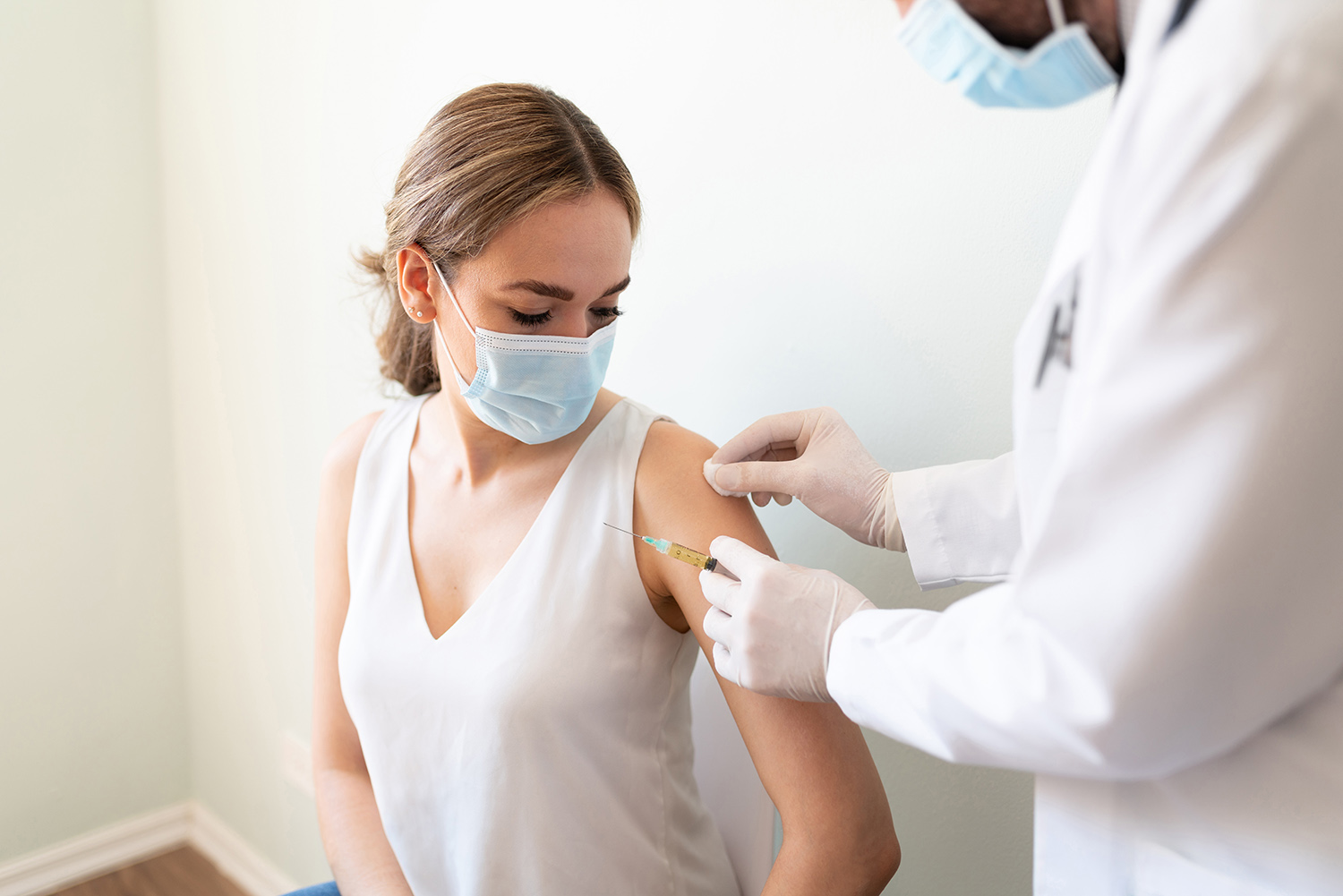
Fortunately, DHL already is well-positioned to support the vaccine distribution, Sureddin said, with more than 9,000 certified specialists, about 140 life-science graded facilities and more than 100 air freight life science and health care competence centers. Plus, DHL already works with many of the largest pharmaceutical brands, including those currently developing COVID-19 vaccines, because it is part of the existing supply chain for the flu and meningitis vaccines.
Vaccine timing
Vaccines from two major drugmakers could receive emergency approval from the Food and Drug Administration within the next two weeks. December, of course, already is the busiest month of the year for logistics companies in general. But Sureddin said the delivery of vaccines and delivery of holiday gifts are not likely to interfere with one another.
"Although certain vaccines are likely to come into play already in December, I would still separate these two events from a supply-chain perspective," he reassured. "Moving holiday season gifts is significantly different from moving a vaccine, which requires temperature control, certified transportation infrastructure, specialized handling and certain security requirements. This means much of the capacity you need for a vaccine is going to run alongside your conventional transport infrastructure."
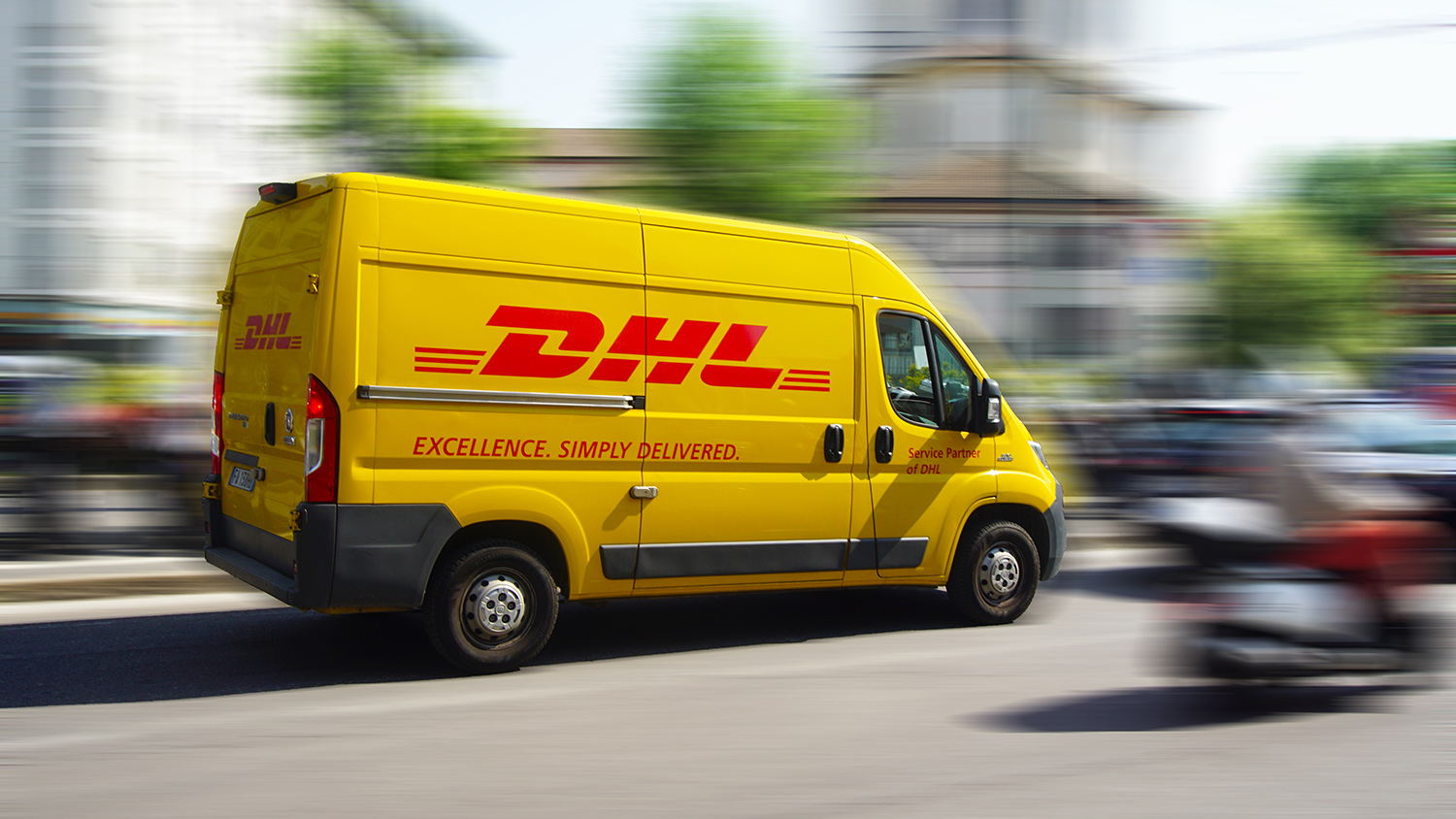
Even in terms of having enough employees, warehouse space and transportation capacity, Sureddin isn't worried. DHL Supply Chain North America has 35,772 full-time and 3,300 part-time associates and 490 operating sites comprising 140 million square feet of space. On top of that, it hired an additional 7,000 workers for the holiday season and can add warehouses and transportation vehicles where needed.
"While the vaccine will be a priority, the volume that is likely to be shipped before Christmas, based mainly on emergency use authorizations, will not stretch the capacity in the market," he explained. "The larger volumes of the vaccine will be shipped next year, once the holiday peak is already over."
'The whole world watching'
As you might imagine, the vaccine distribution plans evolve daily, but the importance of being able to adapt, Sureddin said, is timeless. It's a lesson he learned while working toward his 1987 graduation and one today's students can learn by watching it happen.
"This crisis has demonstrated both the challenge – and I mean that in a positive sense – and the value of what we do as supply chain people," he emphasized. "We work in an intellectually stimulating environment, in which our customers are calling on us every day to apply our engineering, operations, technology and entrepreneurial skills to solve problems and make them more competitive. In 2020, they have relied on us more than ever, and, in some cases, even for their very survival.
"The experience of the last year has taught us the value of being flexible, adaptable and responsive to change, and also of embracing technology while still recognizing the vital role played by people in our industry. For any students who are studying supply chain right now, I hope you are seeing just how strategically important the profession is that you're preparing for."
In a strange way, the pandemic is just a highly visible microcosm of what DHL Supply Chain does every day.
"I don't believe the world has ever seen a logistics operation of this scale and complexity with such a short period in peacetime," Sureddin said. "At the same time, this is what you sign up for in supply chain management. One of the main – and most fulfilling – aspects of this job is that we are not only designing and delivering solutions that move our customers' products securely and efficiently around the world, we also are helping them to adapt on a daily basis to the challenges, disruptions and opportunities the outside world throws at them. With this project, we are developing and adapting a solution in real time with people's lives and well-being at stake.
"Our company's mission is about connecting people and improving lives. I don't think there's ever been a moment when that mission is as clear as it is right now."
Because logistics work typically takes place out of sight, Sureddin said, the fact they go unnoticed is often one of the best indicators of a job well done. After all, no one thinks about how the toilet paper got on the shelf until it's not there, right? That said, the pandemic has made many people more aware of the industry's necessity.
"Now, by distributing these vaccines, we have a chance to further demonstrate that important role, but we also can't afford to fail," Sureddin said. "Aside from the obvious and clear importance of this as something that will directly save lives, I also see it as an important opportunity for our industry to demonstrate the value it brings, with the whole world watching.
"As the CEO of North America's largest third-party logistics provider and someone who is passionate about what we do, I want to see our whole industry – including our partners, but also our competitors – rise to this challenge."
